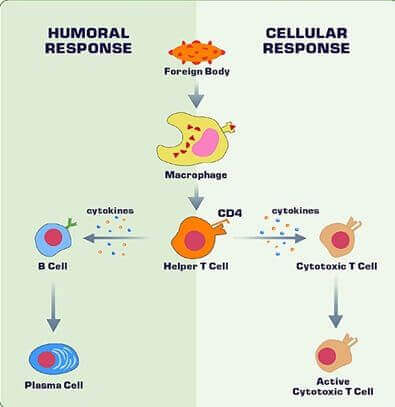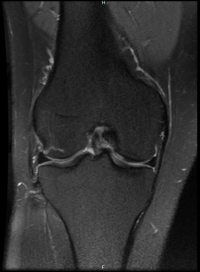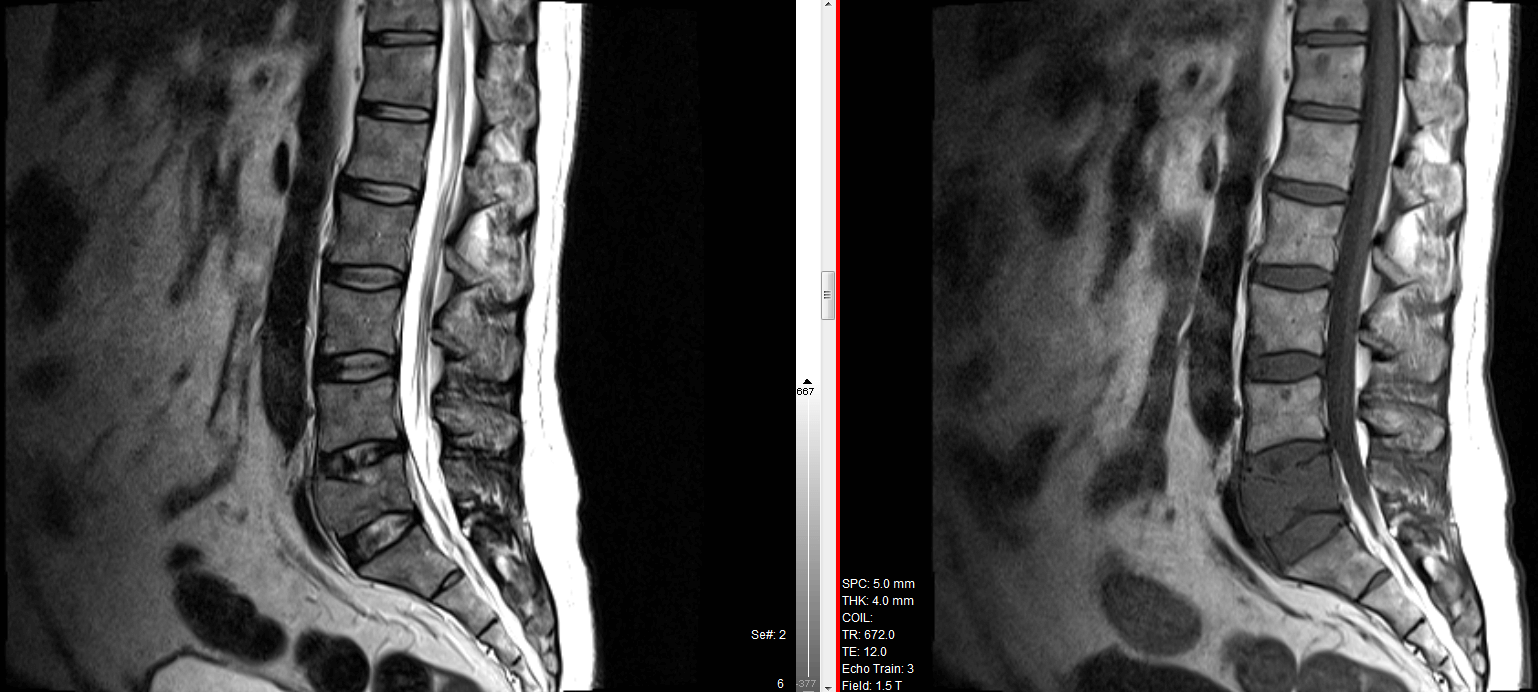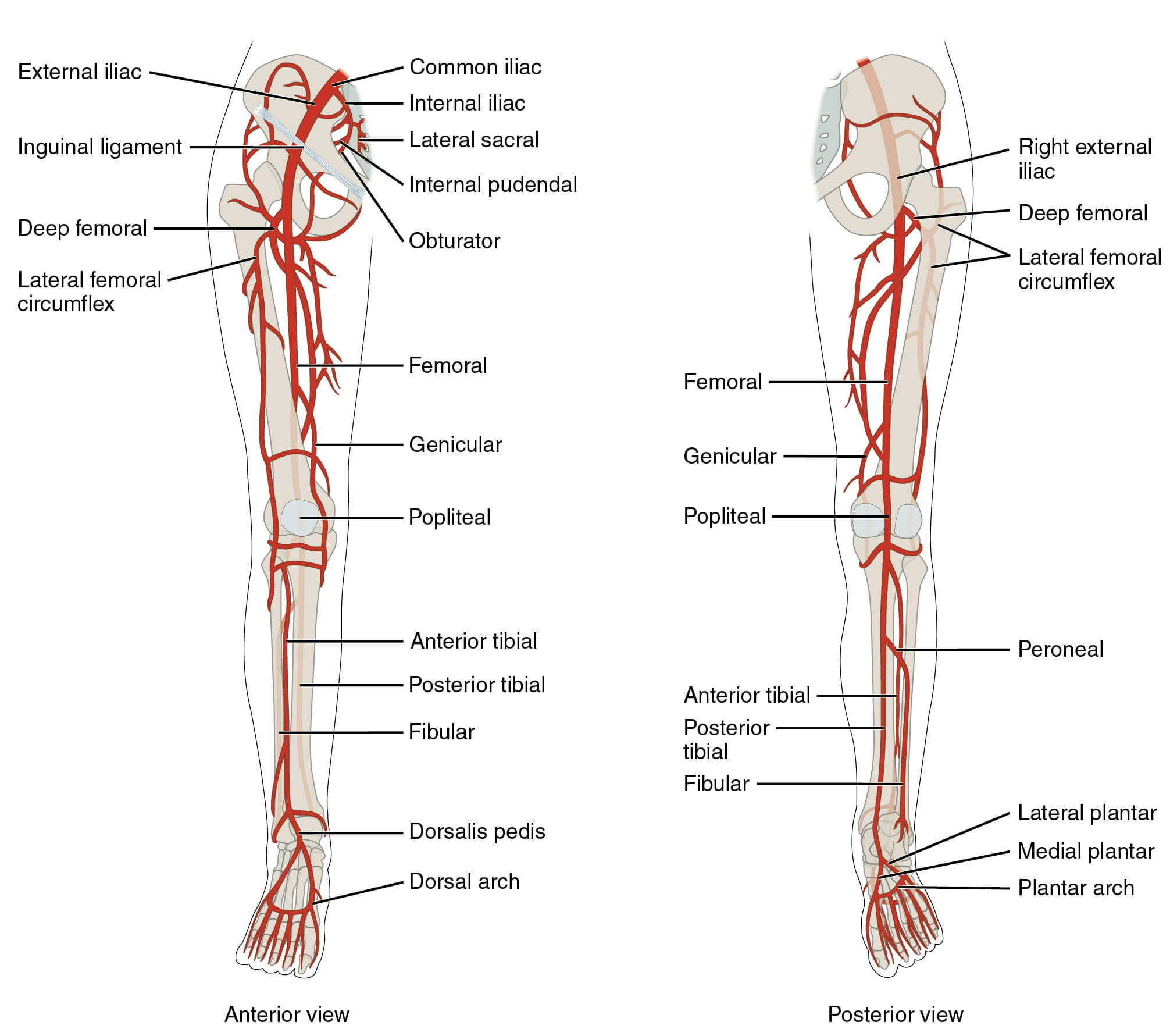Ability of the human body to resist and fight all types of organisms and toxins is called Immunity.
3 layers of Immunity
- Barrier Immunity
- Innate Immunity
- Acquired Immunity or Adaptive Immunity
Barrier Immunity
- Skin is a physical barrier which prevents an organism to enter into the body. Skin also provides a chemical and a biological barrier. Skin cells produce antimicrobial proteins which kill the microorganism. Skin also contains immune cells.
- Shedding of skin or desquamation helps to remove the bacteria which might have adhered to the skin surface.
- Similar immunity is provided by surface lining of respiratory, gastrointestinal, genitourinary system, nose and pharynx.
- Respiratory system – this have cilia which remove foreign material. It also has chemicals which act as antimicrobials like mucus and surfactants.
- Stomach – release acids which kills bacteria. (destruction of swallowed organisms by gastric juices)
- Eyes – tears kills microbes.
Innate Immunity
In (inside) Nate (born) – something one is born with.
It is present from birth. It is not specific. It is made up of various cells and complement system.
Cells of innate immune system.
- Neutrophils
- Basophils
- Eosinophils
- Monocytes
- Macrophages
- Mast cells – reside in connective tissue and mucous membrane. They contain heparin and histamine.
- Dendritic cells – present in skin, lining of nose, stomach and intestines. They are a type of antigen presenting cells. They present it to the lymphocytes. They are also called Langerhans cells.
- Natural Killer cells – these destroy our own cells which have become defective such as virus cells and tumour cells.
Complement System – Complements the action of antibodies and other cells in destroying bacteria.
Acquired (Adaptive) Immunity
- This develops after a pathogen has attacked the body. It takes weeks to months to develop this immunity.
- First Exposure – very low response. It keeps a memory.
- Second Exposure – A lot of antibodies are produced.
- Much of the immunity is acquired
Components of Adaptive Immunity
- B Cells
- T Cells
Humoral Immunity – is due to B lymphocytes. B lymphocytes produce antibodies. On second exposure, antibodies recognise a pathogen and coat it. Neutrophils are then attracted to these which phagocytose them.
Cellular Immunity – is due to T lymphocytes. It includes Helper T Cells (CD4) and Killer T Cells (CD8). It directly kills cells.
- Helper T Cells – secrete growth factors and cytokines which help with maturation of other immune cells including CD8 cells.
- AIDS kills CD4 cells which cripples the whole immune system.






